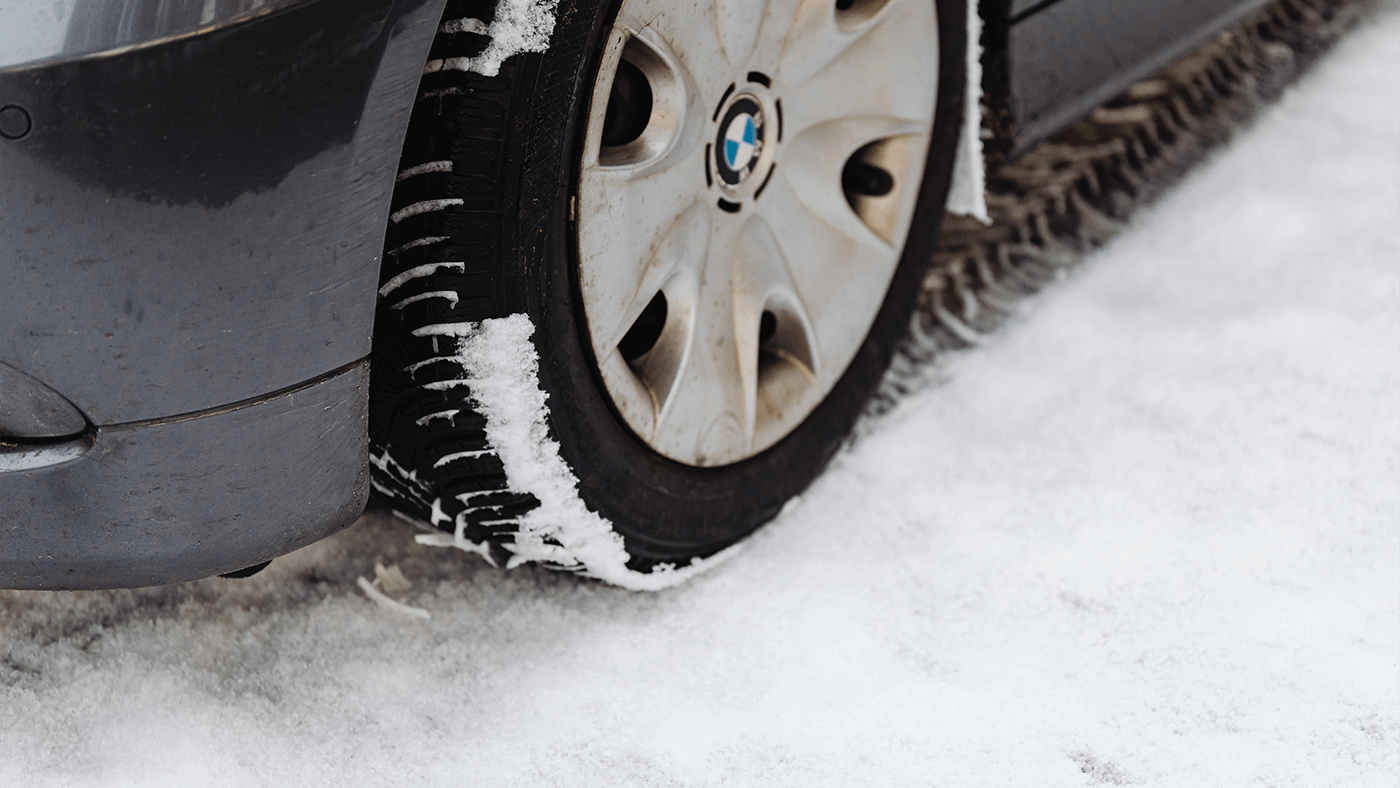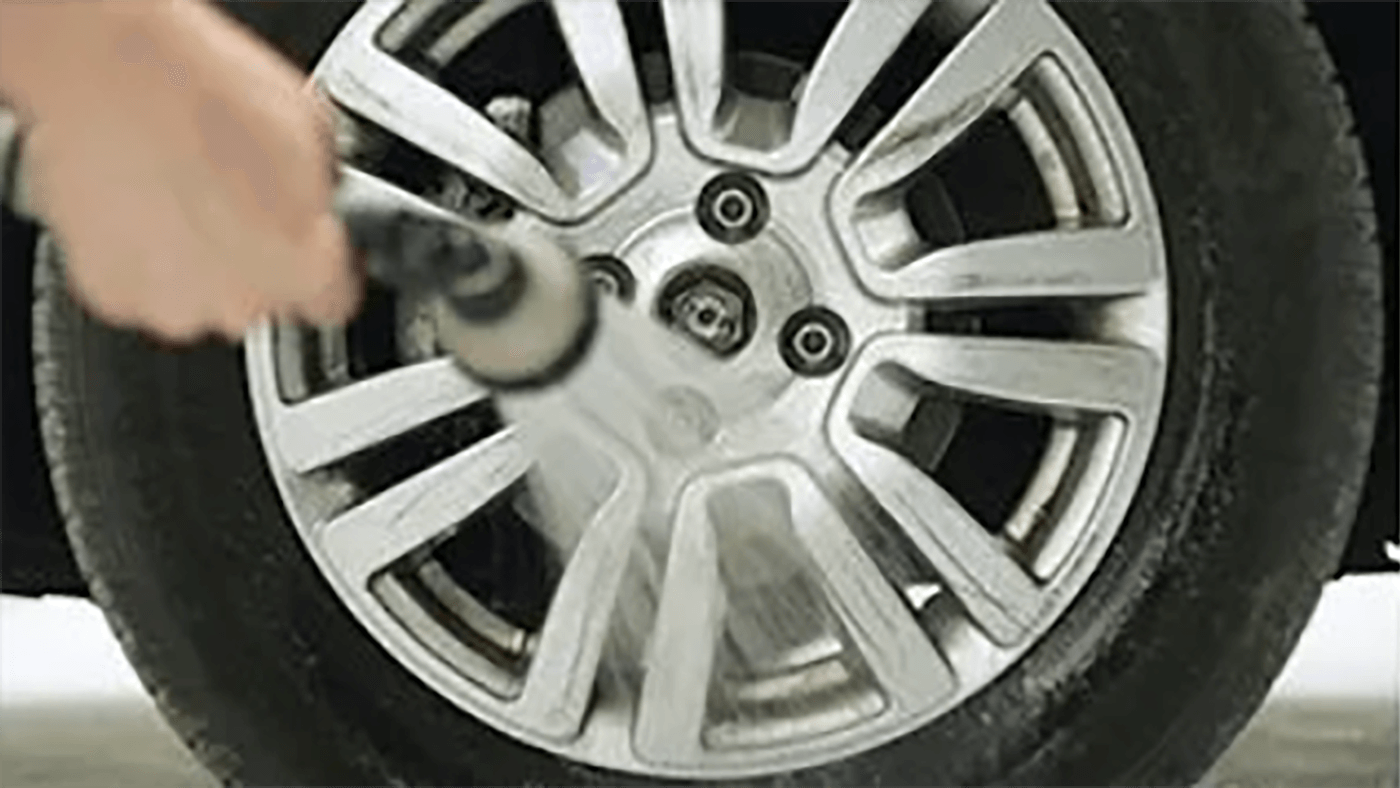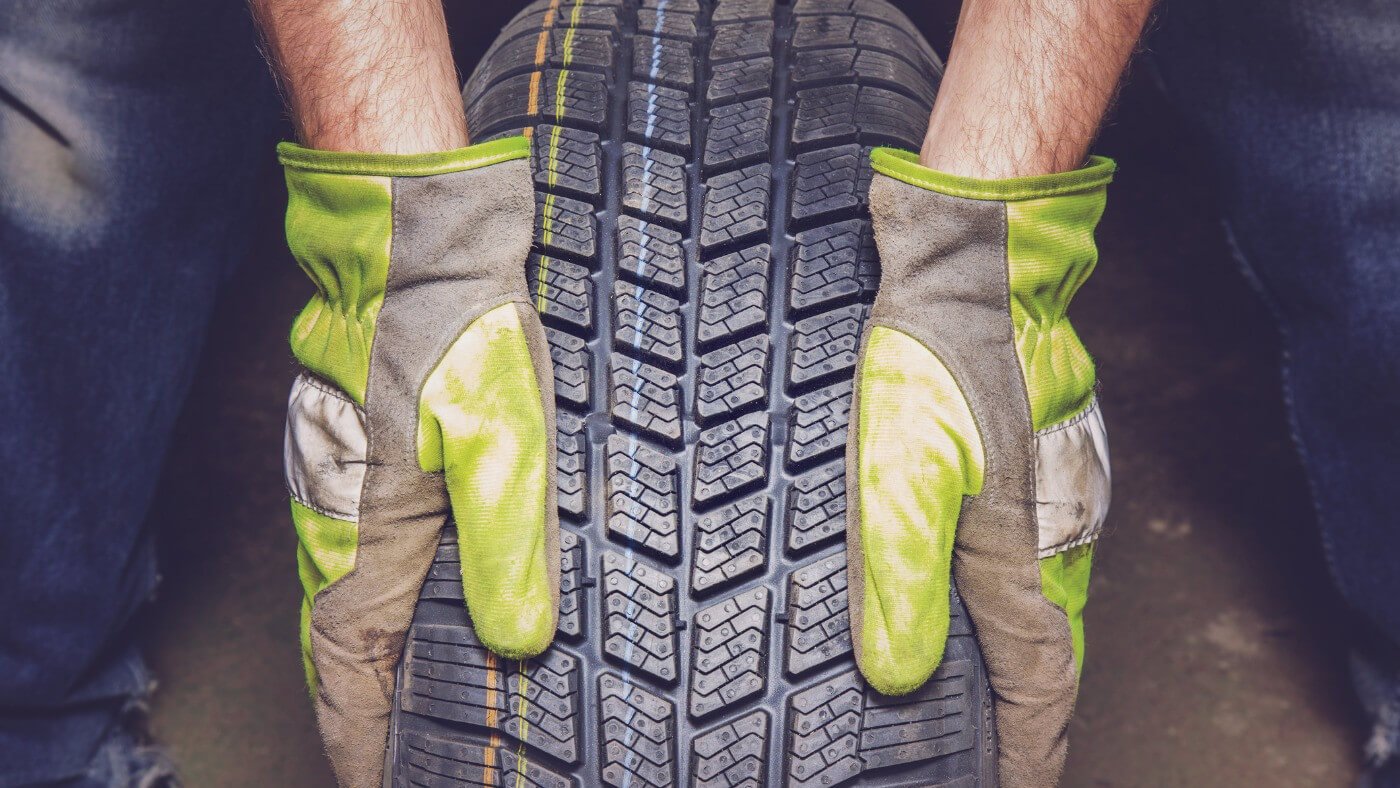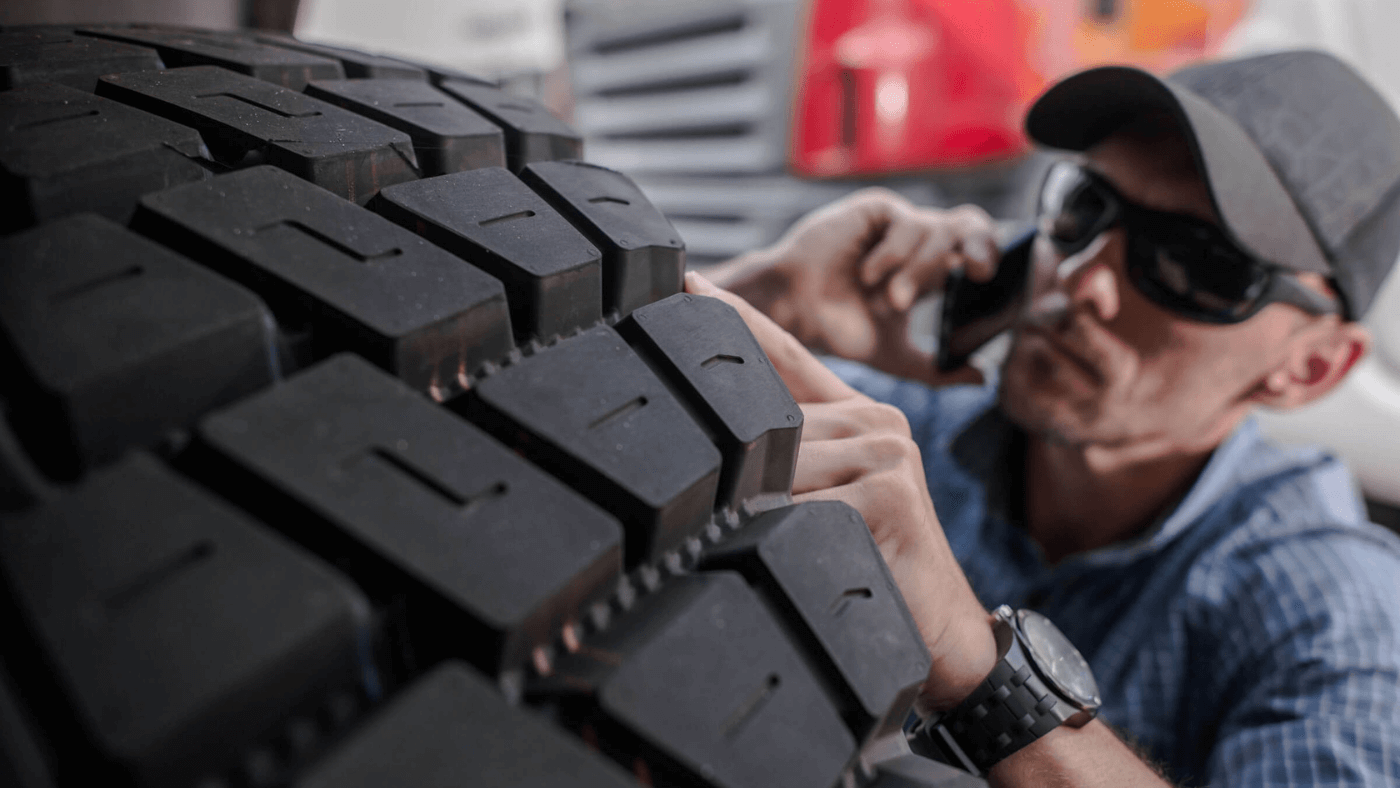Every winter, Canadians across the country experience the joy of seeing snow fall... and the trouble of driving through it! Indeed, especially in less urban or less densely populated areas, it's not uncommon to have to drive over a thick layer of ice and slush. As such, you may be surprised to learn that few provinces have laws about winter tires, especially if you're coming from a place where they're mandatory...
The provinces divided on winter tires
That's right, Quebec and British Columbia are the only two provinces to have passed legislation requiring vehicles to be equipped with winter tires during a given period. While Quebec requires such tires on all vehicles and roads between December 1 and March 15, British Columbia is much less demanding. Although the period is longer, between October 1 and April 30, winter tires are only mandatory on certain roads, such as Highways 1, 3 and 5.
Some governments, such as Alberta and Saskatchewan, take the trouble to remind road users of the importance of wearing winter tires during inclement weather. Manitoba and Ontario even offer loans to citizens to help them buy new tires. Some provinces also have laws governing when studded and chain tires can be used. However, no other province or territory officially mandates winter tires.
A message from the federal government
It's true that the field of transportation is generally administered by the provinces, at least when it comes to such regulations. However, Transport Canada also leaves its mark on the process, notably by determining what really constitutes (or not) a winter tire. Whether or not a law exists in your province, I urge you to keep this in mind: all-season tires do not count as winter tires! To be truly considered a winter tire, the model must bear the Alpine symbol, i.e. the famous logo made up of three mountains and a snowflake.
In order to obtain this label, tires must undergo a rigorous battery of tests to ensure their grip and safety levels. In particular, they must demonstrate a level of traction at least 10% higher than a standard tire in winter conditions. And yes, we use real snow to test them! So whether you're using Michelin X-Ice Snow or Bridgestone's Blizzak DM-V2, you can be sure they've passed the same quality tests.





